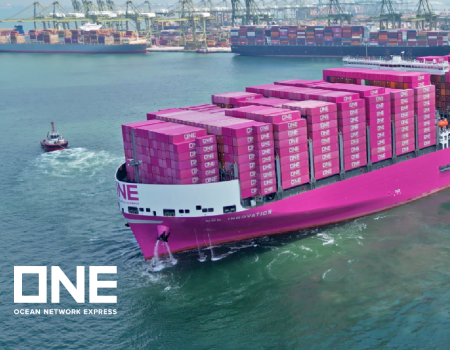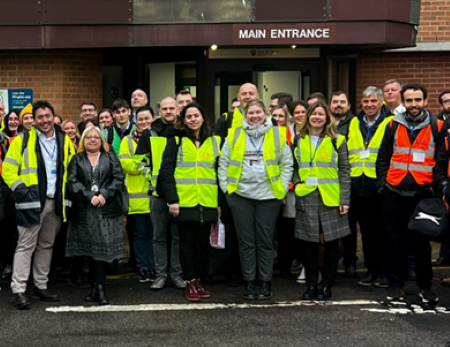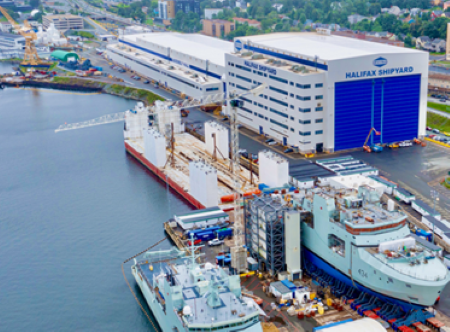Whitefield International associates, Carolina Larramendy and Juliana Velásquez of Globalista, a business consultancy based in Medellín, Colombia, give an update on the fastest growing market in Latin America.
Colombia is a recurring member of the countries listed as the most promising in terms of economic growth. Experts agree with the great potential presented by the mix of its resources, clear governance and a unified vision by both public and private sector leaders. These experts also agree that in order to benefit from the growth opportunities in Colombia during the next decade investments have to be made now to maximise returns.
Presenting a new publication, "Invest in Colombia¨, President Santos was quoted as saying:
"This is the decade of Latin America, a time when our continent is ready to offer the world what it most needs: food, water, biodiversity, alternative energy and young and talented labour."
"Colombia is an excellent choice. Colombia is work, commitment and ingenuity. Colombia is the future for those who want to benefit from it today. "
The current situation has been a dramatic change of fortunes. Up until 2002 Colombia had been in a downward spiral with negative indicators for personal security, inward investment, welfare and people development. The government and society itself spent all its energy battling guerrillas, drug traffickers and common criminals. The sense of nation was diluted without the essential elements to guarantee citizens’ rights, control of land and authority. There was a complete absence of the State’s presence in any rural areas and even some cities. Despite these harsh realities, Colombia managed to maintain a sustainable economic structure and sound economic management. However, the difficulties of the situation led to a lack of foreign investment, a low rate of internal reinvestment and moderate and discontinuous growth.
In 2002, the Government of Colombia started the recovery process under three mandates: countrywide involvement in security matters, social cohesion and investor confidence. The main objectives were to recover previously lost ground: to increase the presence of the State in all urban areas; to deploy a joint strategy of the armed forces to combat the key players in Colombia’s armed conflict; to dismantle the guerrillas’ power of intimidation; to involve previous offenders in all layers of society and its institutions. These actions have changed the course of the country.
Starting in 2002 and accelerating from 2006 onwards, Colombia has shown the world its resilience and its great potential for development. With the recovery under way we would like to highlight some of the most important attributes of the country:
Location: Colombia is located in the heart of the Americas, with 1,800 miles of coastline on both the Atlantic and Pacific oceans, ports which connect to 3,710 routes worldwide and which are close to the two entrances of the Panama Canal.
Colombia has capacity to serve the markets of Central, South and North America (being only 66 hours by ship from the main ports of Florida and the Gulf of Mexico).
Population: The current population of 42 million inhabitants makes it the third largest market in Latin America, with GDP per capita rising from U.S. $ 1,720 in 2001 to U.S. $ 6,136 in 2010, and with a continuing, projected rapid growth until 2020.
Security: As stated in a study in The Independent: ¨Security is no longer a problem in Colombia because the government seems to be winning the battle against crime, and the expectations of economic and population growth for the coming years is presented as one of the best in the region”. And according to the IMF, Colombia is now the second best performing country in the region in terms of personal security and protection of private property.
Investor Confidence: The improvement in investors’ confidence is reflected in the value of foreign direct investment, which rose from U.S. $ 1,720 million in 2004 to U.S. $ 6,760 million in 2010. Several agreements on legal stability have been signed and nationals and foreigners now have the same conditions and assurances to protect their investments.
Furthermore, this resurgence has resulted in improved export figures, which rose from U.S. $ 13,158 million in 2003 to U.S. $ 39,820 in 2011, meeting Colombia’s self-imposed target of U.S. $ 1,000 in exports per capita.
International Platform: Colombia is engaged in 11 Free Trade Agreement negotiations spanning 48 markets, which are expected to provide preferential access to 1.5 billion consumers. It is also closing 18 investment agreements with 50 countries and 16 double taxation agreements.
Colombia is one of the CIVETS countries (together with Indonesia, Vietnam, Egypt, Turkey, and South Africa), which are predicted to be the next leading emerging markets to rise in economic prominence over the coming decades.
Skilled labour: PWC named Colombia as the most productive country in South America. Legislators in the country have established a framework of labour laws that promote productivity.
Talent and innovation: There are 126 universities and 203 higher education institutions, producing 49,000 graduates annually with technical and professional degrees. This makes Colombia the third largest generator of technical and professional talent in Latin America.
Exchange rate regime: Colombia has a regulated, transparent and stable exchange rate system with limited paperwork to obtain licences and authorisations. The processes are streamlined and requirements tend to be purely informational.
Business Incentives: There are benefits available for companies with operations established in free-trade zones with special tax and exchange schemes that allow companies to better compete internationally.
The government also provides special grants in several growth sectors, specifically where there is an impact on wider economic development (i.e. agribusiness).
Major products wanted for import:
· Mining and Extraction/Exploration equipment
· Vehicles
· Clothing
· Light machinery
Seasonal production products for import:
· Olive oil
· Canned and preserved food
· Wines
· Seafood and fish
· High-tech medical instruments
Special products for export:
· Clothing and general textiles
· Mining
· Fruit and vegetables
· Jewellery
Conclusion:
Colombia has followed a path of growth, development and overall improvement in the past ten years. As a result of the concerted efforts of all segments of society and the government’s clear strategy to continue the development process, Colombia has become one of the most promising trade and investment options now and for the near future.
For further information and to talk to Carolina and Juliana, please initially contact:
Mike Harling, Managing Director, Whitefield International Ltd
01672 851802 mharling@whitefieldinternational.com <mailto:mharling@whitefieldinternational.com>
www.whitefieldinternational.com <http://www.whitefieldinternational.com>







